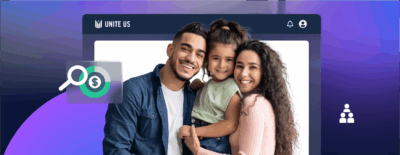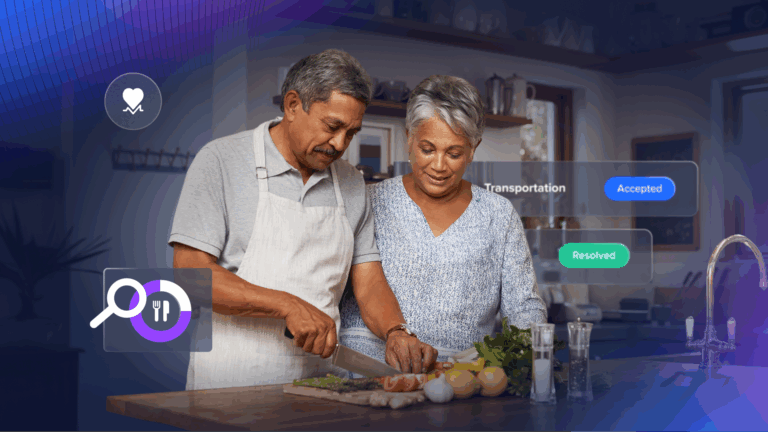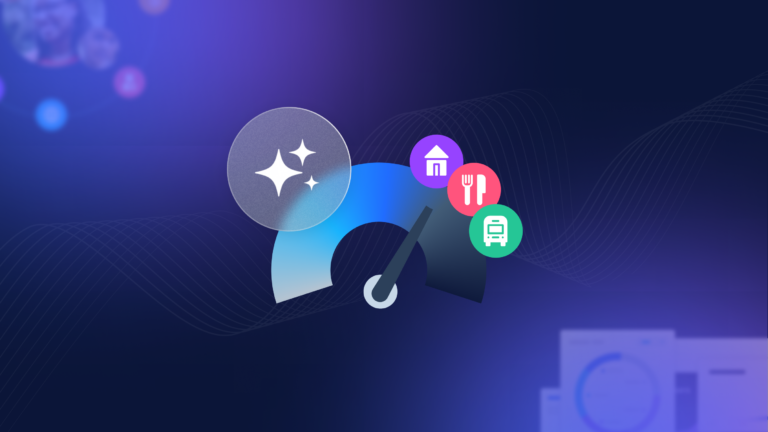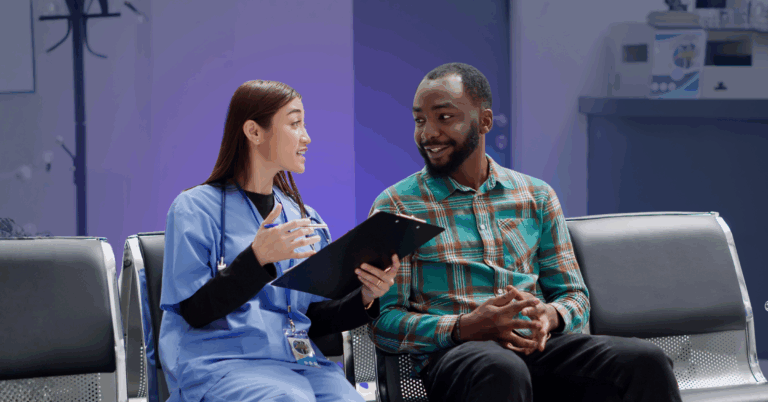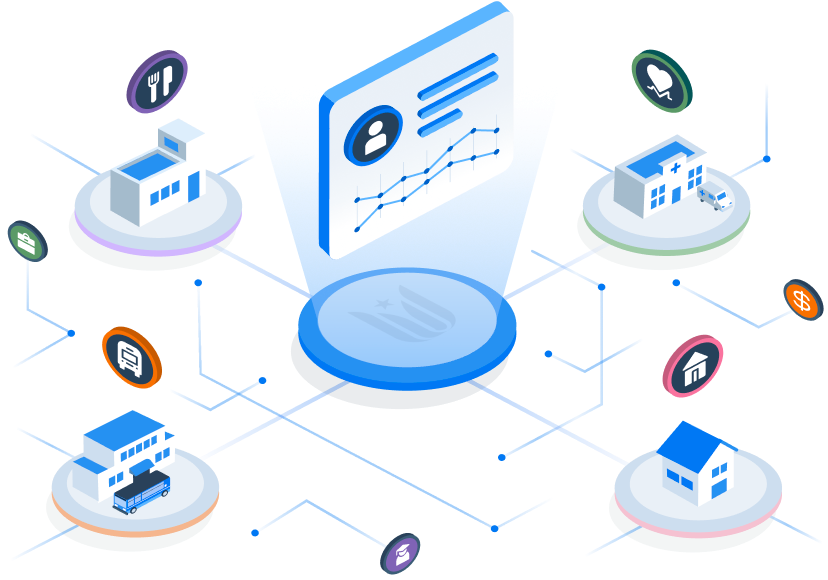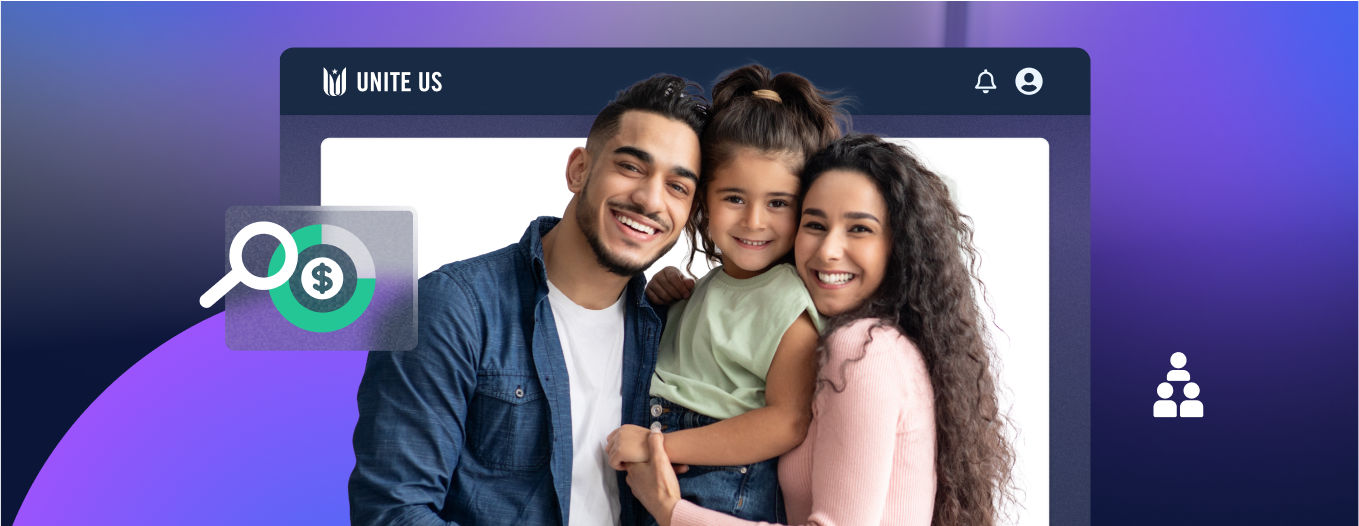
Self-Sufficiency in Summit County: Delivering a Projected $21M ROI While Improving Constituent Outcomes
Unite Us’ technology saves time for program staff, streamlines community care coordination and supports improved constituent outcomes, paving the way for substantial long-term cost reductions.
Background
Summit County, Ohio’s Benefit Bridge program, known as NEXT, is a workforce development initiative run by the Department of Job and Family Services. NEXT assists Summit County families in achieving economic self-sufficiency by providing employment opportunities, financial wellness programming, and family support services. Powered by Unite Us technology, NEXT helps working families in Summit County navigate the benefits cliff as they increase their wages and move toward self-sufficiency.
What is the Benefits Cliff?
The benefits cliff refers to the sudden loss of public assistance that individuals or families can experience when a small increase in income makes them ineligible for support, often leaving them financially worse off despite earning more. According to Ohio Department of Job and Family Services Director Matt Damschroder, “Fear of losing food benefits can be a deterrent to taking a new job, working more hours, or even accepting a promotion.”
The primary goal of the NEXT Program is to enable working families to grow their careers and transition off of public assistance. This allows them to secure their financial future, become economically self-sufficient, and enjoy a higher quality of life—ultimately generating up to $27,000 per constituent in additional lifetime tax revenue for the State of Ohio. Approximately 250 participants graduate from the NEXT program per year, meaning that each annual group could generate an additional $6.8M in lifetime state tax revenue for the State of Ohio. With 88 counties in Ohio, this program represents a major potential source of added tax revenue if scaled across additional counties.

Challenge
The NEXT program requires Summit County to continuously track constituents’ evolving financial status and eligibility for benefits, which relies on real-time data and communication sharing between all program partners, including NEXT program staff, lead agency staff, and community-based providers. Previously, this coordination was achieved through manual processes such as phone calls, emails, and shared spreadsheets, which were inefficient and prone to errors.
These archaic systems not only increased program costs due to operational inefficiencies but also delayed the delivery of critical assistance to program recipients.
Solution

“Unite Us’ platform provided a solution to create online organization between agencies to collaborate and share client data and outcomes. It also provided a platform and process for us to easily determine incentive structures and payment amounts to assist and pay our clients.”
Heather Yannayon, Deputy Director, DJFS
Adopting Unite Us as the program’s digital infrastructure allows for secure client data sharing, closed-loop referrals, invoice tracking and payment distribution, and detailed reporting—all in one easy-to-use platform. Publicly accessible Assistance Request Forms in Summit County enable residents to directly request support, providing a self-service pathway that promotes economic independence and self-sufficiency. Constituents can also be referred to NEXT by community partners or other government agencies using Unite Us. With Unite Us, NEXT staff are able to communicate with other agencies about shared clients and track constituent program eligibility and outcomes in real time.
How It Works
 Step 1:
Step 1:
Tom recently lost his SNAP benefits due to a small increase in his wages, making it difficult to meet his family’s basic needs. DJFS reached out with a link to NEXT’s Assistance Request Form powered by Unite Us. Tom completed the form and was determined eligible. DJFS referred him the NEXT’s lead agency via Unite Us.
 Step 2:
Step 2:
NEXT’s lead agency works with Tom to support his career goals including financial wellness education, job training, and referrals via Unite Us to community services to remove barriers to employment. (i.e. car repairs).
 Step 3:
Step 3:
As Tom receives services, case notes are documented in Unite Us and visible to NEXT program coordinators. Tom receives financial benefits for each benchmark achieved. Payments to Tom and community partners are invoiced, tracked, and administered within Unite Us, maintaining one system of record for Tom’s journey.
Impact
NEXT’s partnership with Unite Us has led to a significant improvement in operational efficiencies, allowing county employees to connect constituents to needed resources and benefits more easily and in less time. Unite Us’ technology also streamlines program funding distribution, improving client experiences and outcomes, and ultimately delivering significant cost savings in the form of reduced benefits reliance in Ohio.

Since partnering with Unite Us, the NEXT program has served more than 400 working-age adults, connecting them to a variety of services.
Key Results
- Up to $3M in estimated first-year savings as a result of reduced reliance on public benefits (estimated reduction in benefits in year one for 250 clients served*).
- $190K distributed to community organizations (from 7/25/2024 – 4/30/25 using Unite Us revenue cycle management technology).
- 88% of end users say program capacity improved with Unite Us (achieved through operational efficiency gains).
- 591 administrative hours gained (estimated 13 min time savings for each referred case + 2.5 hours time savings per week, per staff tracking payments).
- Served 400+ clients through more than 1,415 cases (a case is a connection or referral to a service addressing one unique need).
- More than two-thirds of end users report Unite Us improved community collaboration (case management transparency in Unite Us streamlines collaboration and promotes enhanced accountability).
Projected Cost Savings Over 10 Years
As noted above, the NEXT program could generate up to $27,000 per constituent in additional lifetime tax revenue for the State of Ohio, amounting to an additional $6.8M in lifetime state tax revenue for each cohort served. Separately, the NEXT program is also projected to generate substantial savings through reduced public assistance reliance. These cumulative savings, based on expected benefits reductions across multiple years of NEXT program participation, include:
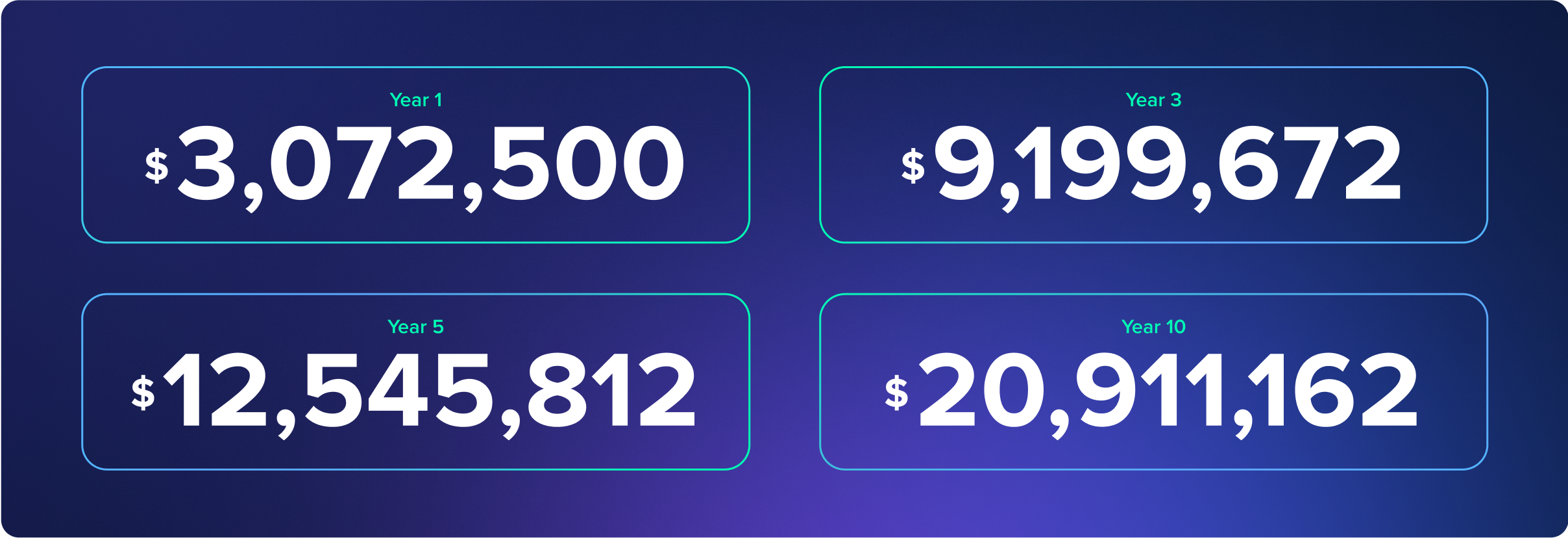
Frontline Feedback

NEXT program staff reported that Unite Us:
1. Made it simple to collaborate with community partners;
2. Reduced stress related to documentation;
3. Increased confidence in successfully connecting clients to needed services
4. Improved their program’s capacity to serve clients.

“Often when we work with clients, we start a client at one agency, send them to another agency for more assistance, and they have to retell their story. The warm handoffs between agencies, the case notes and the constant collaboration and communication Unite Us provides helps reduce stress and time for the clients. Additionally, having multiple agencies seeing the same information through their own prospective lenses often allows the agency to identify needs and resources that may have gone unnoticed before.”
NEXT End User
Client Success Story
 While the data speaks for itself, client success stories are the best way to see the real impact on human lives. For one NEXT participant, the program removed critical employment roadblocks, paving the way for her to provide for her family.
While the data speaks for itself, client success stories are the best way to see the real impact on human lives. For one NEXT participant, the program removed critical employment roadblocks, paving the way for her to provide for her family.
This participant is a nurse and a single mother. Struggling with debt and income shortcomings, the county has made five successful referrals within two months of her initial meeting.
- Three work support referrals: One referral for a laptop to complete Continuing Education Units (CEUs); one referral for two pairs of work shoes; and one referral for work clothes
- Two transportation assistance referrals: Resulted in $1,600 worth of repairs for new tires and brakes/discs and one follow-up referral to replace the valve stems of her tires
The constituent has been referred for support multiple times, including simultaneous referrals to the same partner, which can be cumbersome to keep track of. Thanks to Unite Us, making multiple referrals for one individual is seamless, and gives NEXT staff the visibility they need to track the status and outcomes of these referrals.
These referrals have helped this constituent maintain employment and work toward economic self-sufficiency by providing safe transportation to her job, appropriate workplace clothing, and tools for career advancement.

“You get peace of mind…I know where the referral went to. I know who I can follow up with…knowing what’s going on with the referrals that we send is definitely something that motivates us to keep going and not lose hope. We’re all collaborating, we’re all communicating.”
Lead Success Coach
Lessons Learned
Three main themes have emerged from the NEXT program success:
- Tech Infrastructure Drives Government Efficiency: Advanced technology infrastructure, such as the Unite Us platform, significantly enhances government efficiency by streamlining operational processes. It provides seamless access to a client’s care journey, enabling more frequent and accurate communication among all stakeholders. Features like ‘document upload’ facilitate quick resolution of issues, reducing administrative burdens and improving overall service delivery.
- Seamless Community Collaboration Improves Outcomes: Effective community collaboration is crucial for improving outcomes. The Unite Us platform serves as a single source of truth, allowing partners to efficiently collaborate around their clients’ unique goals and needs. By reducing redundant communication and manual data entry, it helps keep all parties informed and supports more effective collaboration. This approach leads to better-coordinated care and more positive outcomes for clients.
- Data Transparency and Visibility are Key to Accountability: Data transparency and visibility are essential for maintaining accountability in service delivery. The Unite Us platform consolidates relevant information in one secure record, providing a client’s care team with access to both lead agency case notes and community partner data. This shared record provides a consistent and accurate understanding of services and progress, reducing errors and improving the verification process. In this way, the platform supports better decision-making and enhances the overall accountability of the service ecosystem.
About Unite Us
Unite Us is the nation’s leading software company bringing sectors together to improve the health and well-being of communities. We drive the collaboration to identify, deliver, and pay for services that impact whole-person health. Through Unite Us’ national network and software, community-based organizations, government agencies, and healthcare organizations are all connected to better collaborate to meet the needs of the individuals in their communities.
